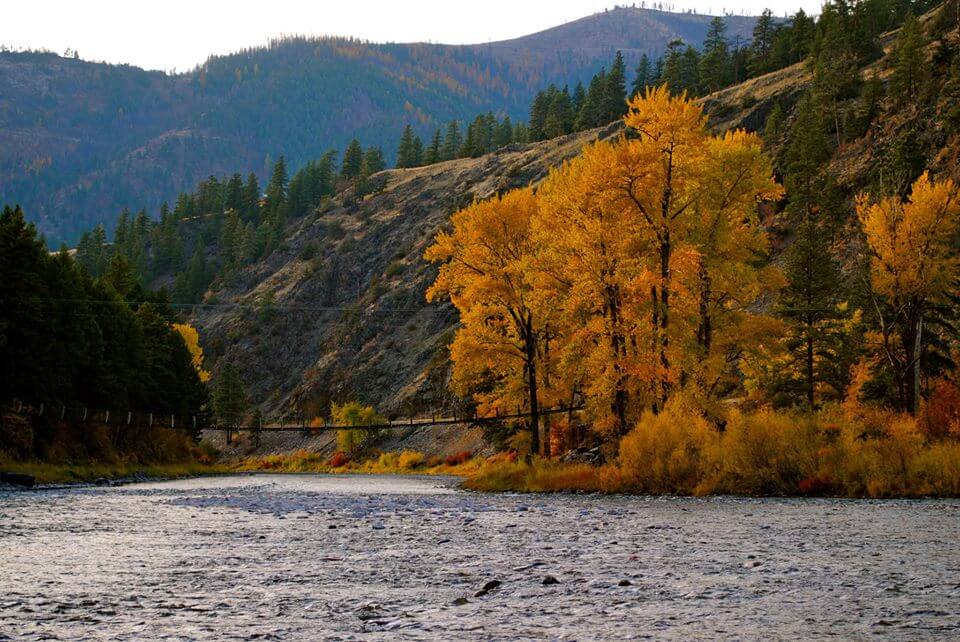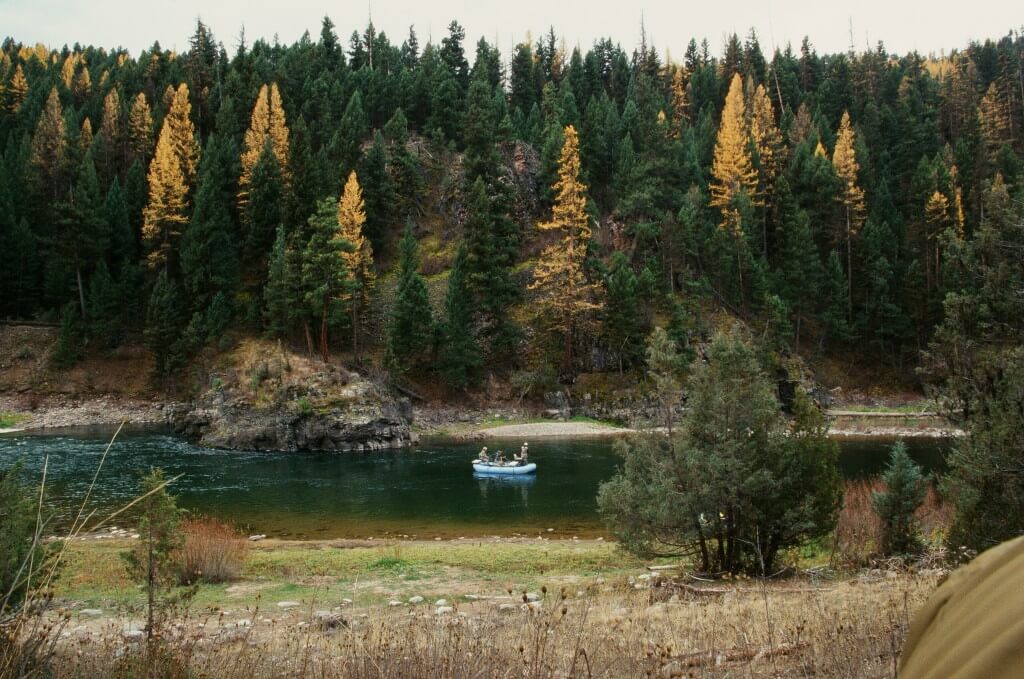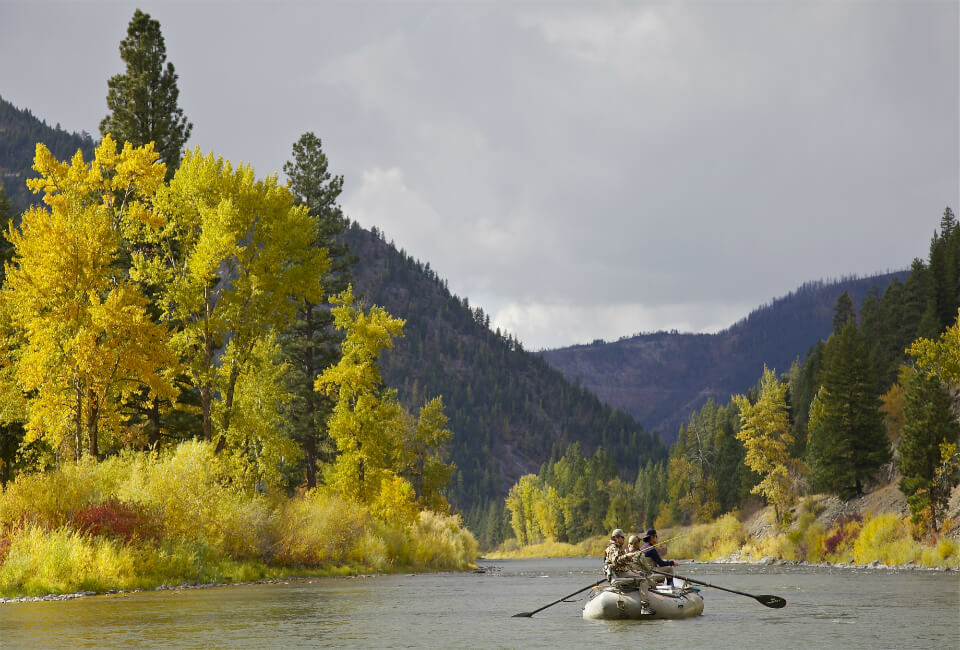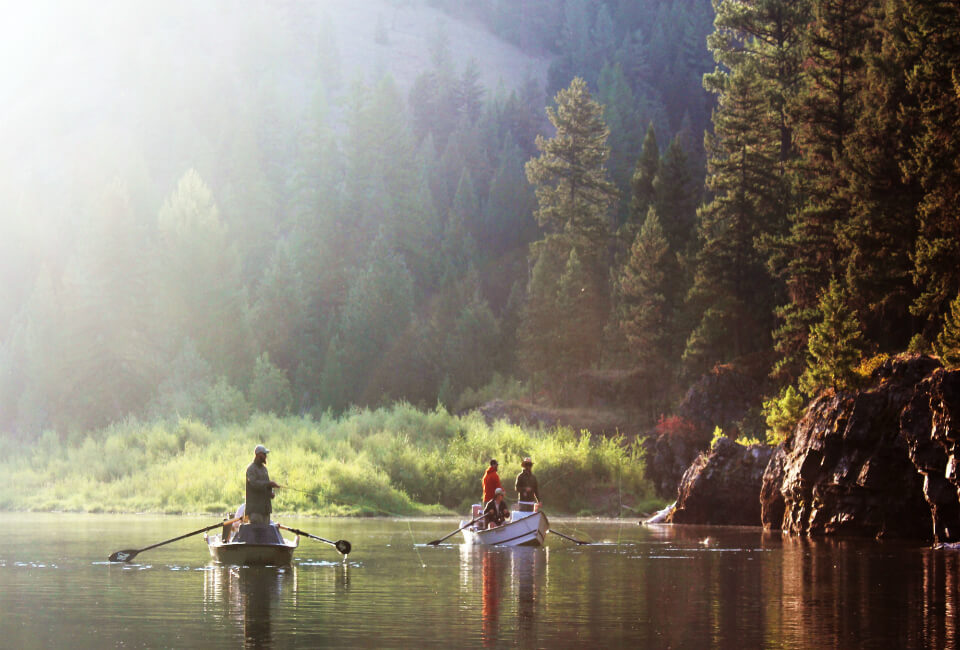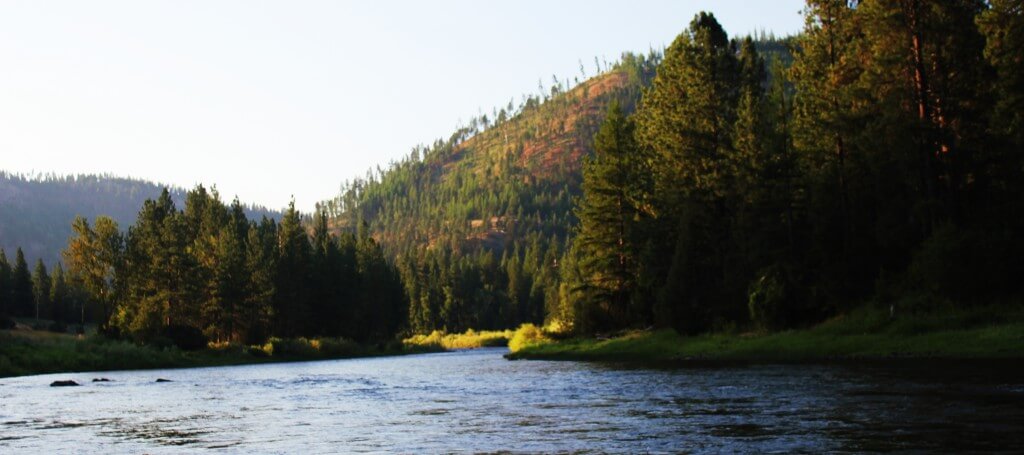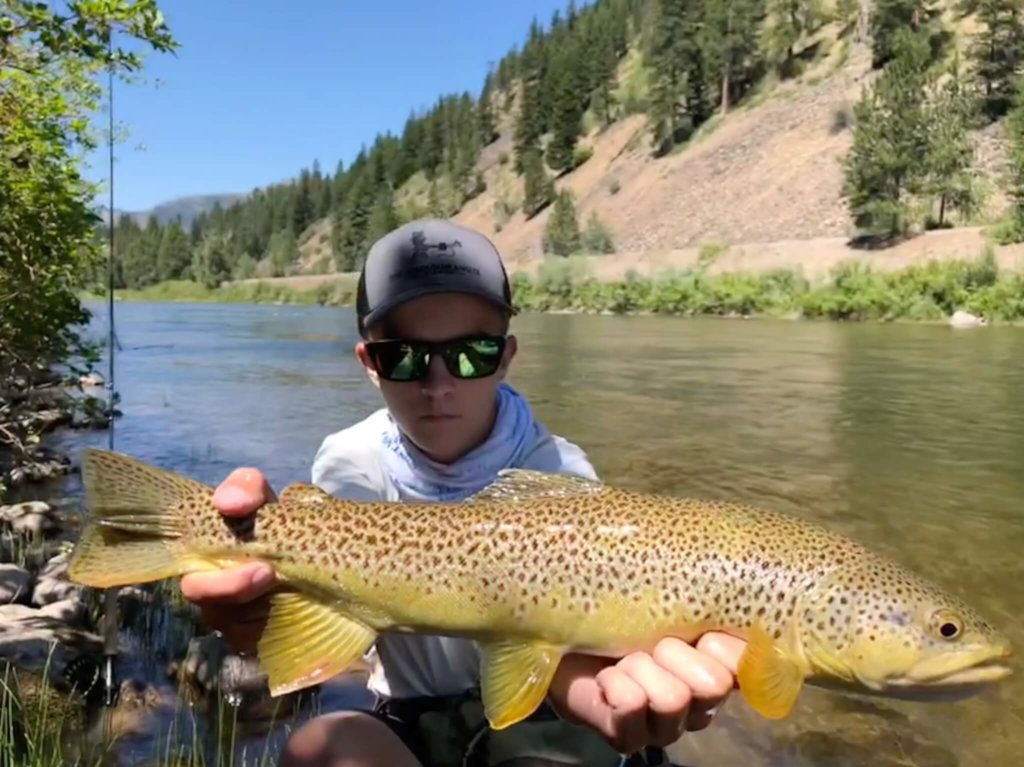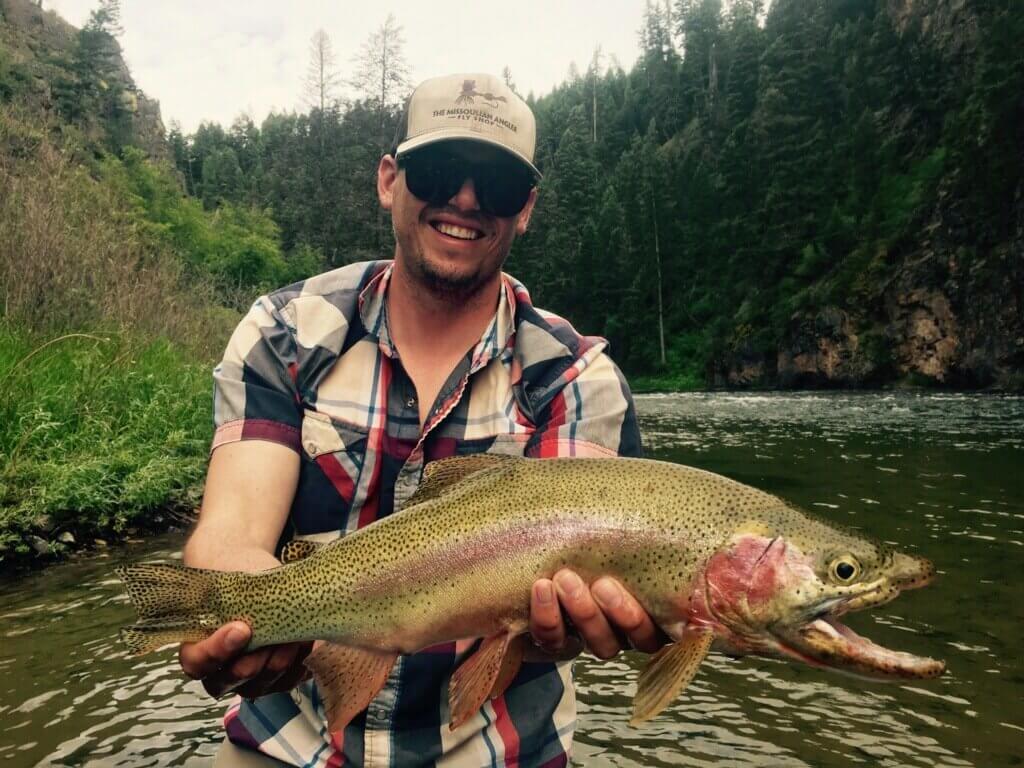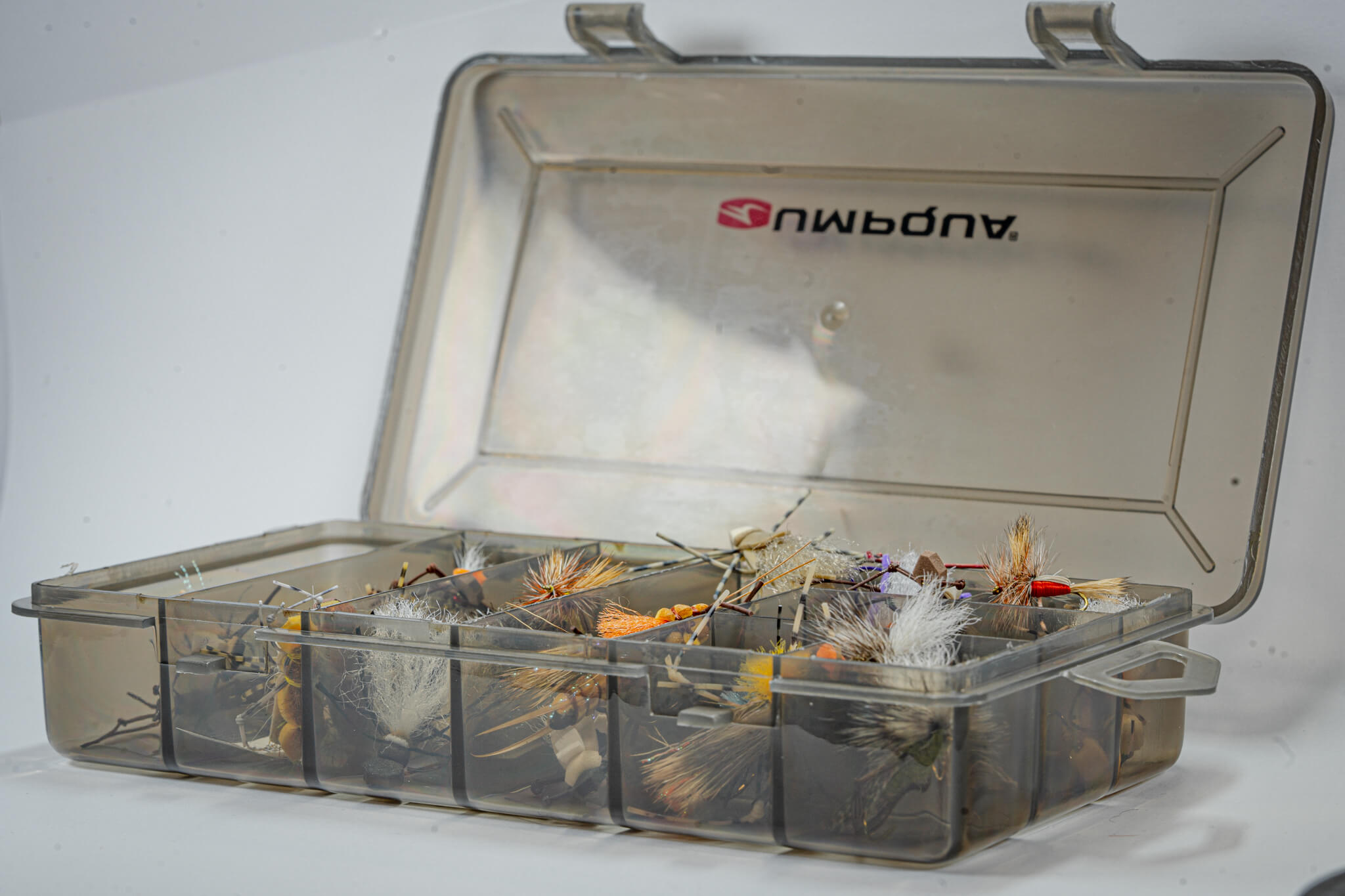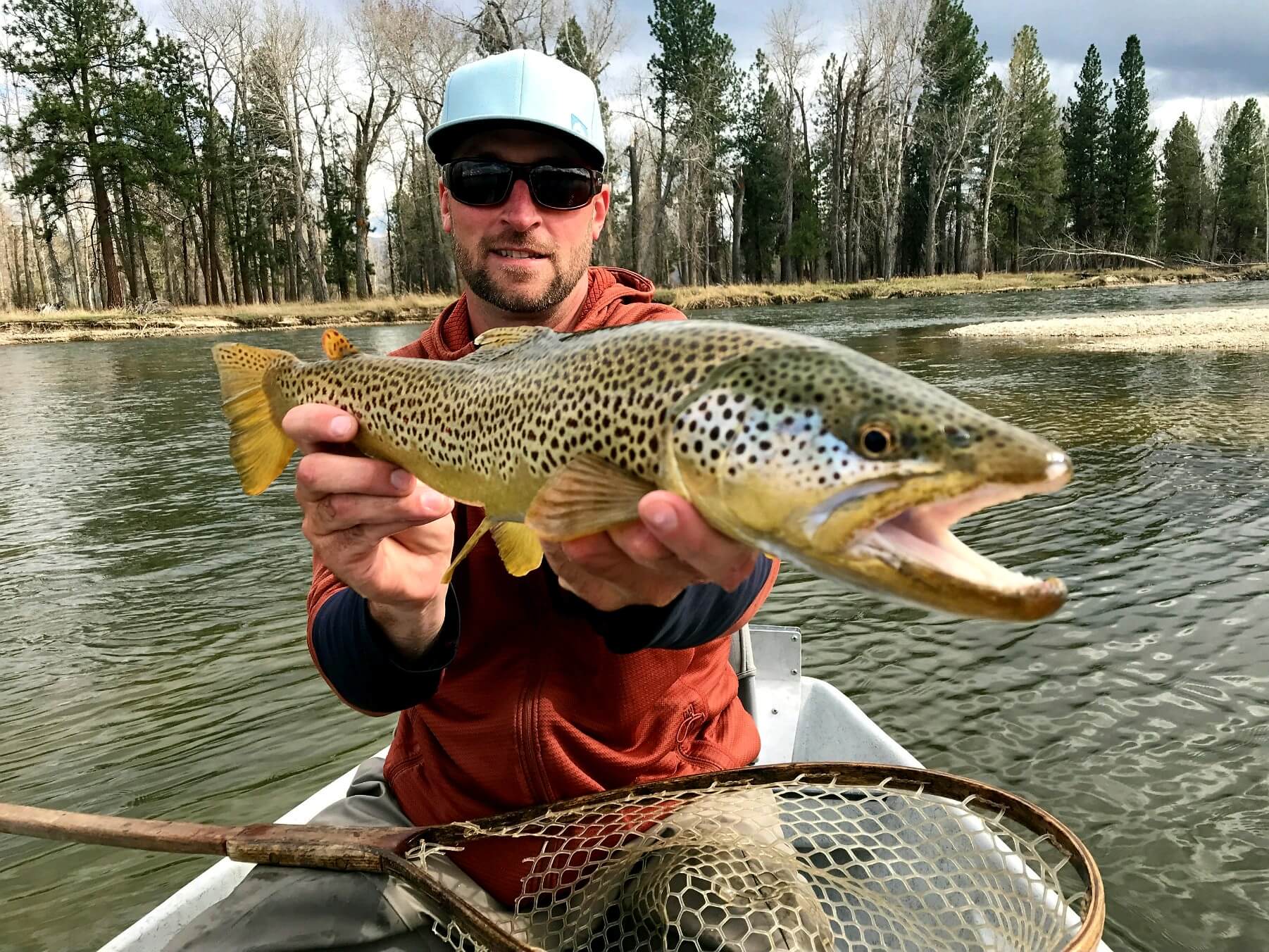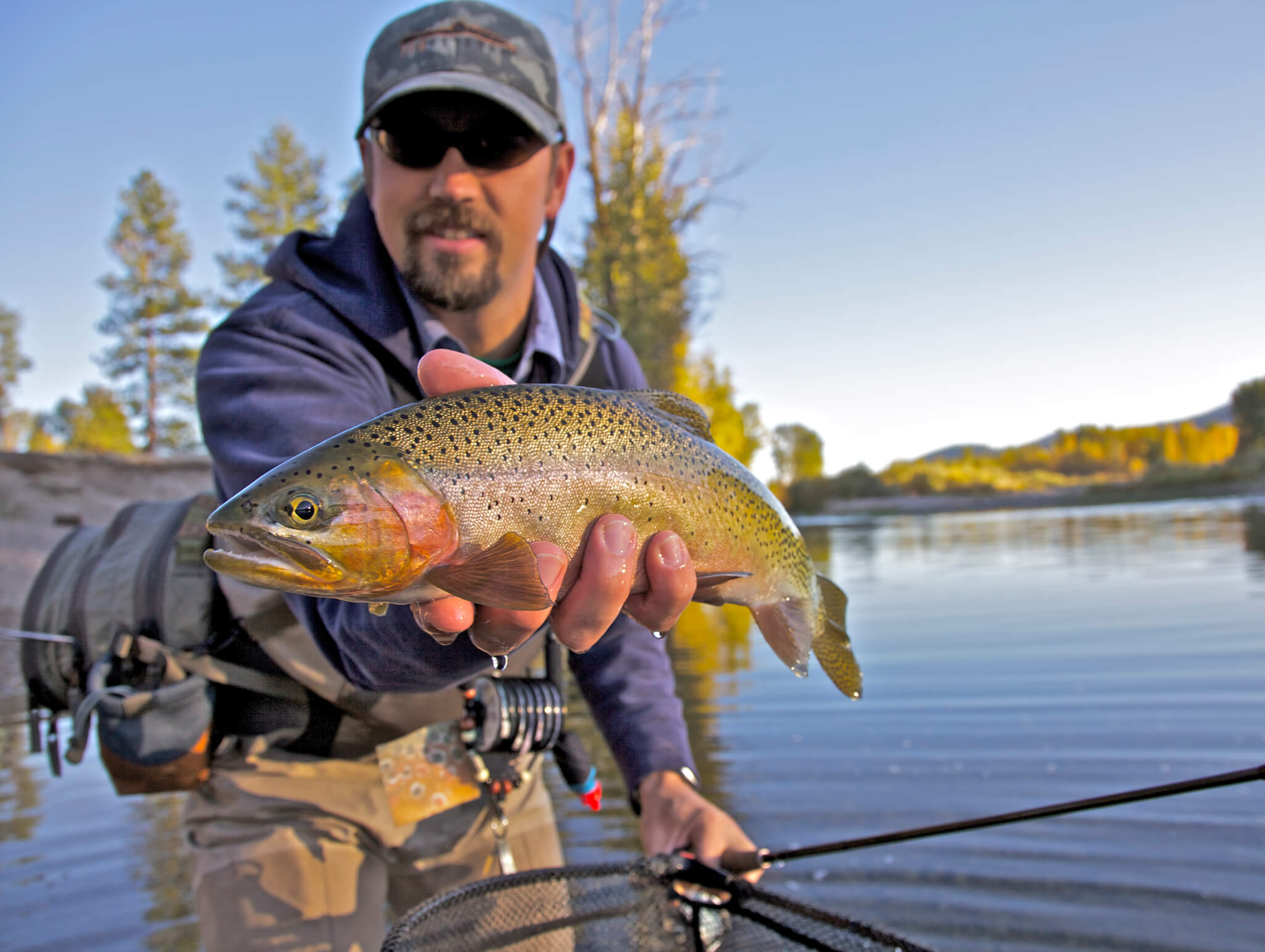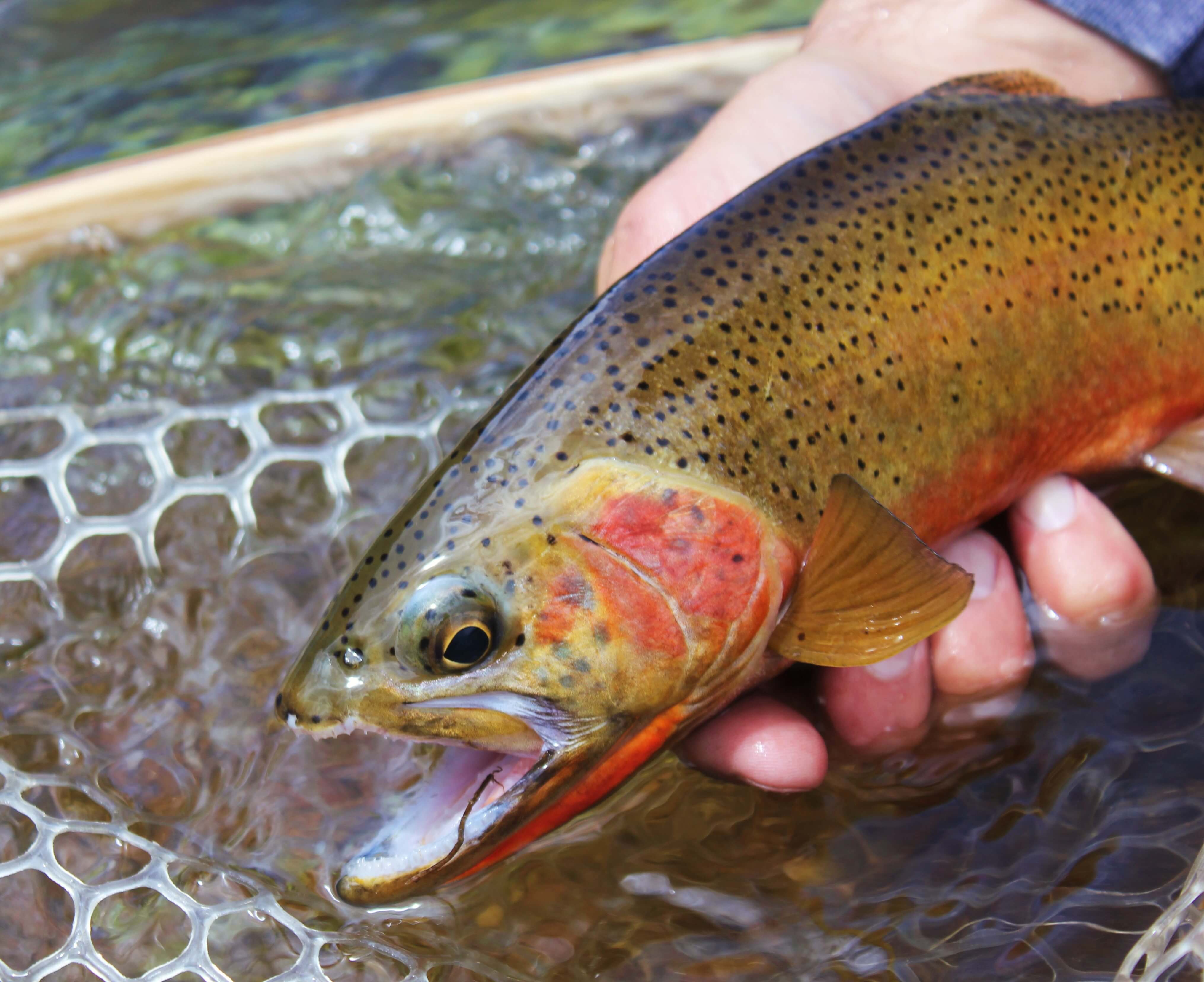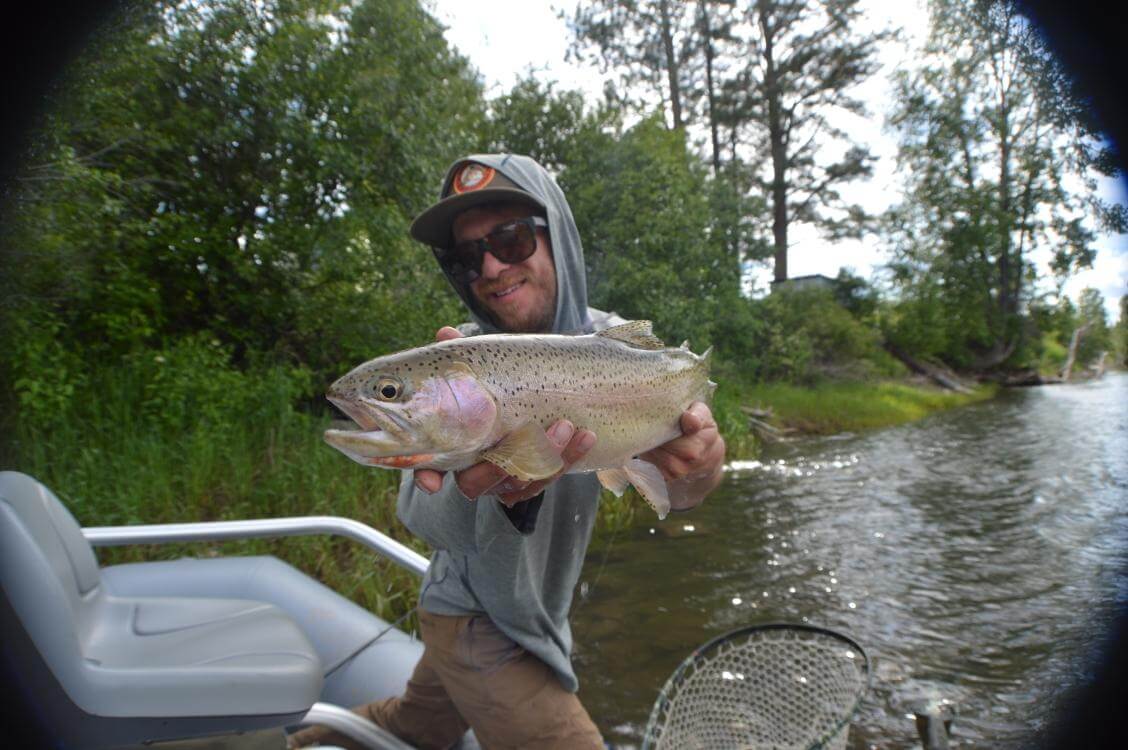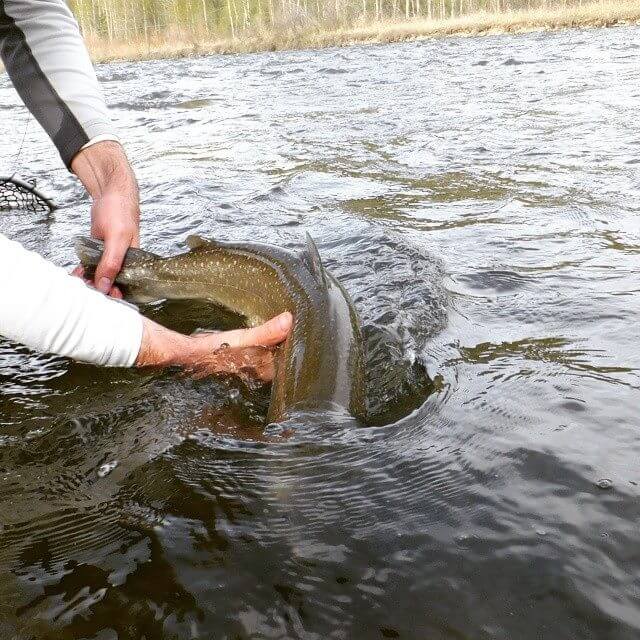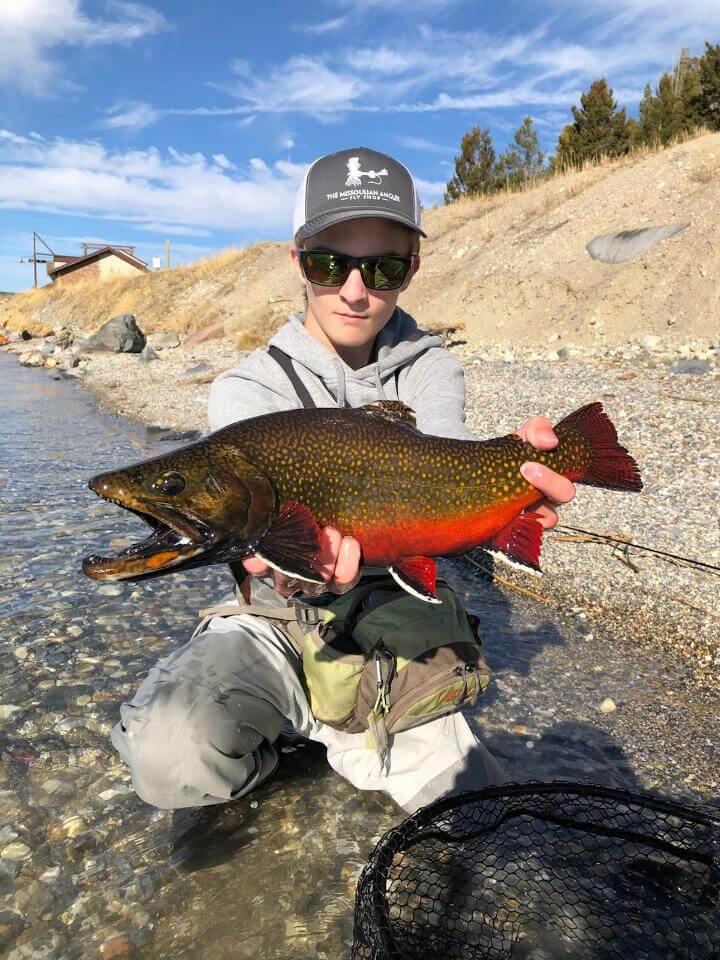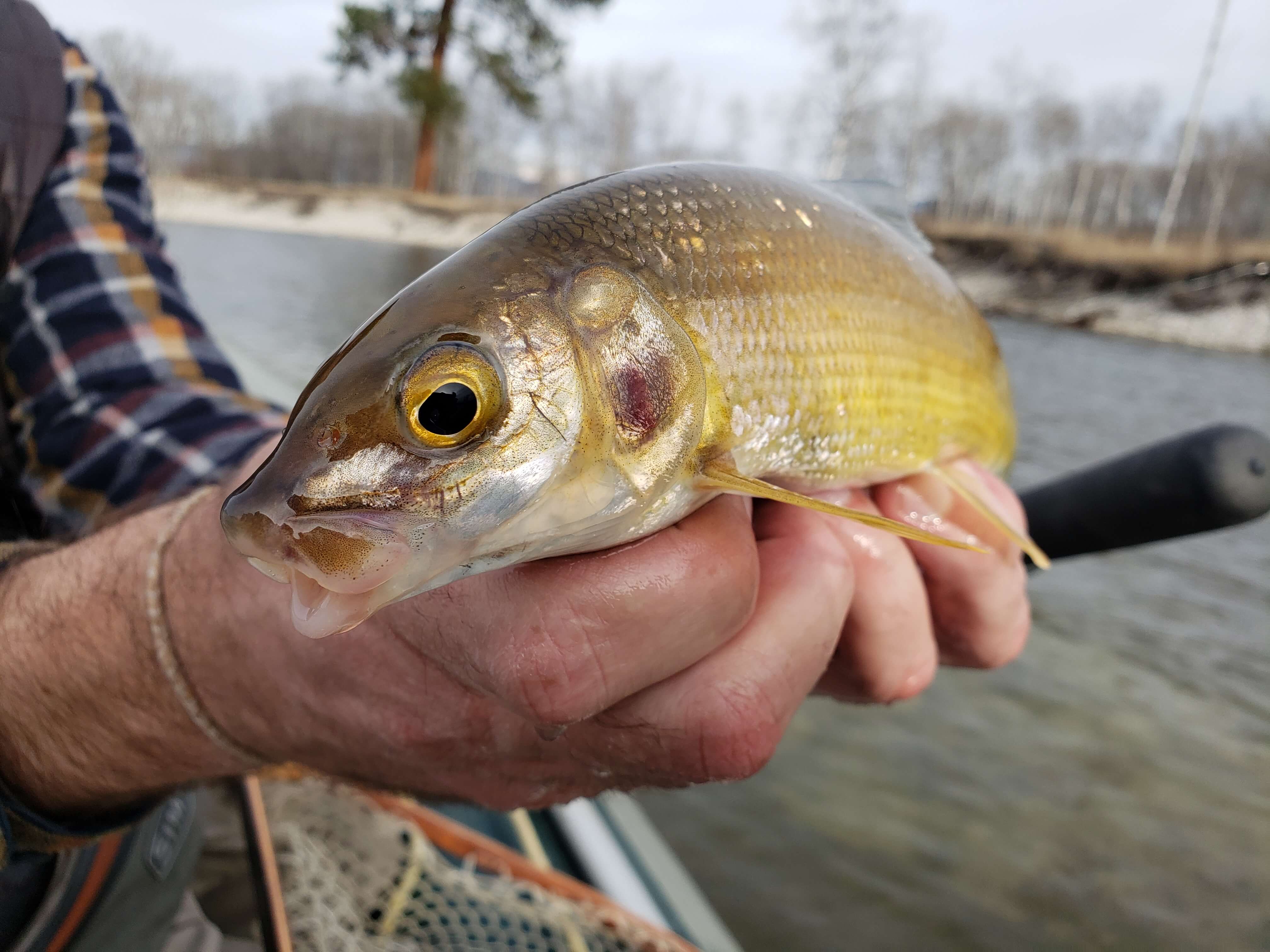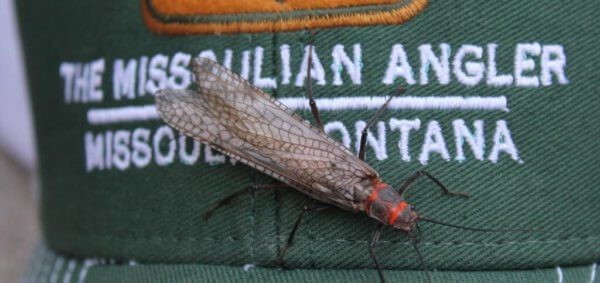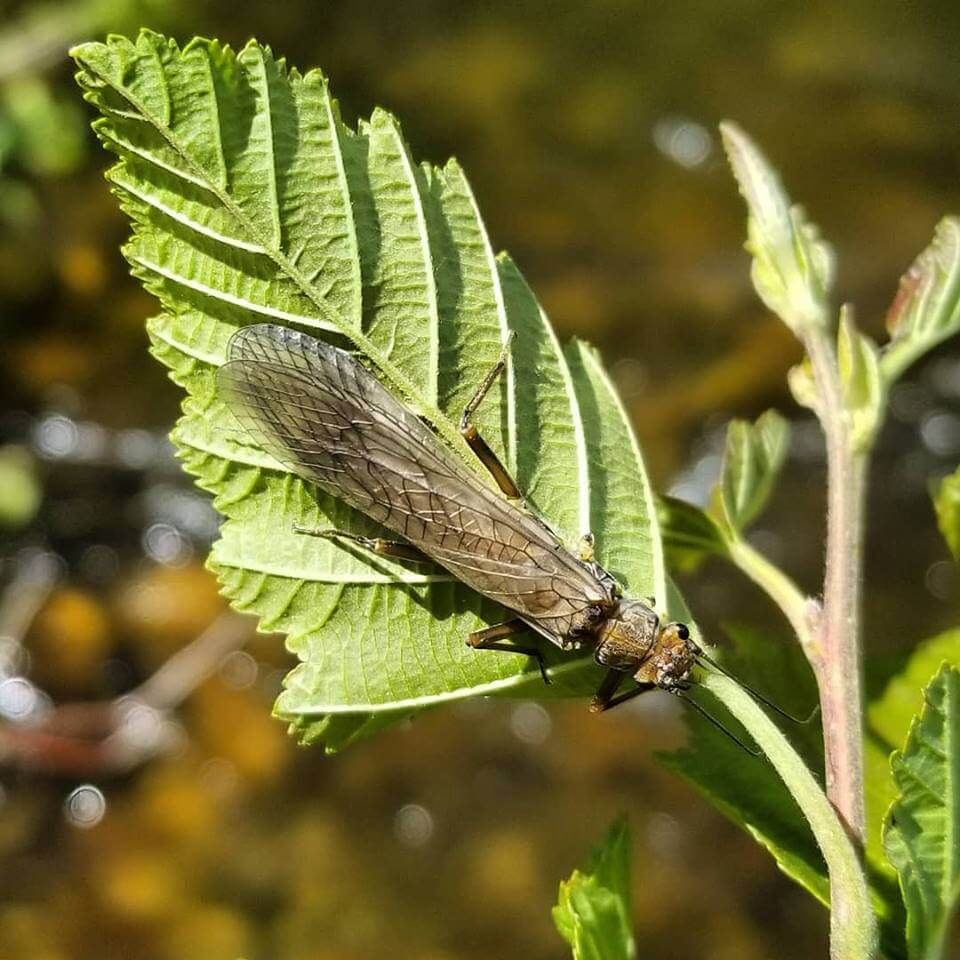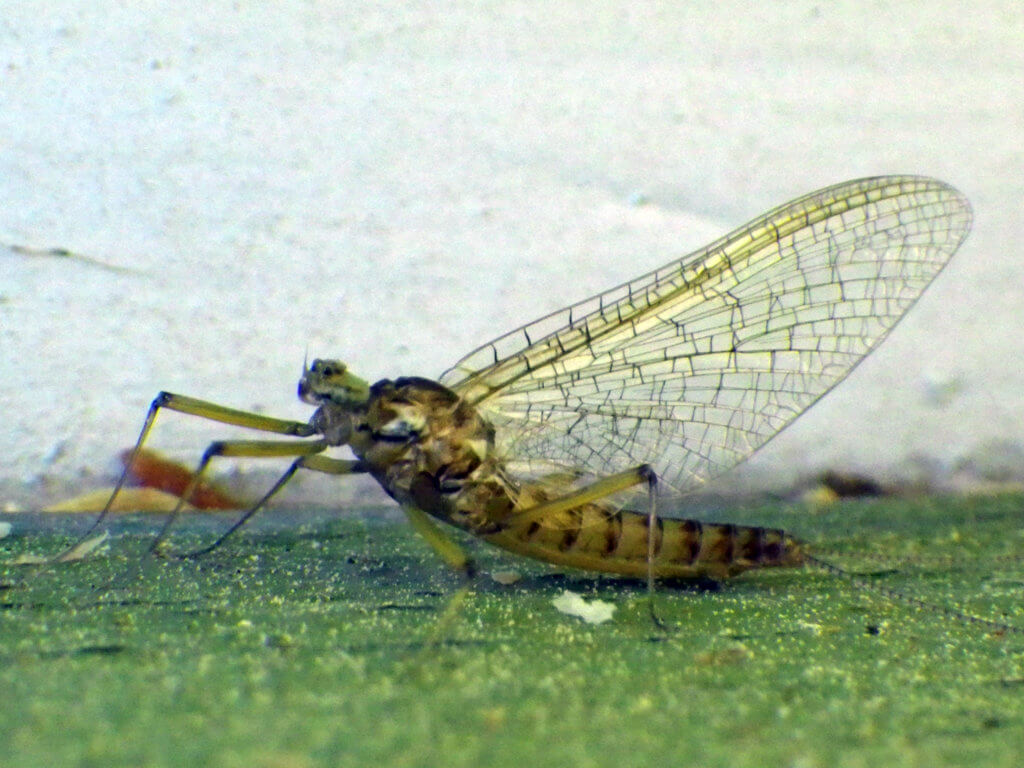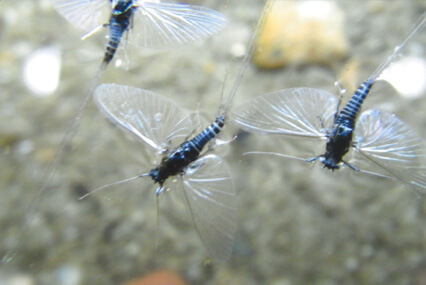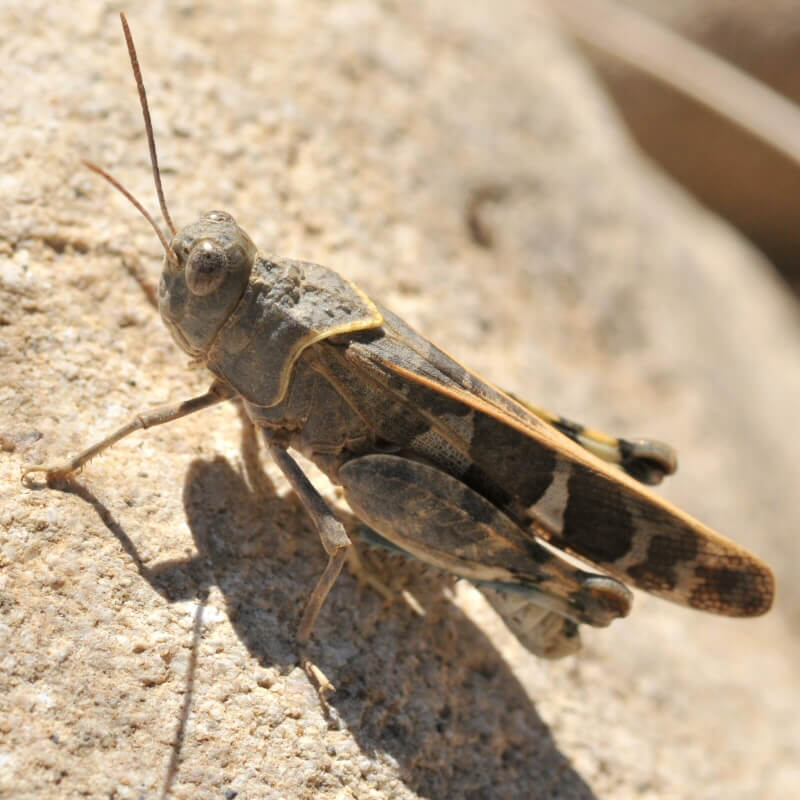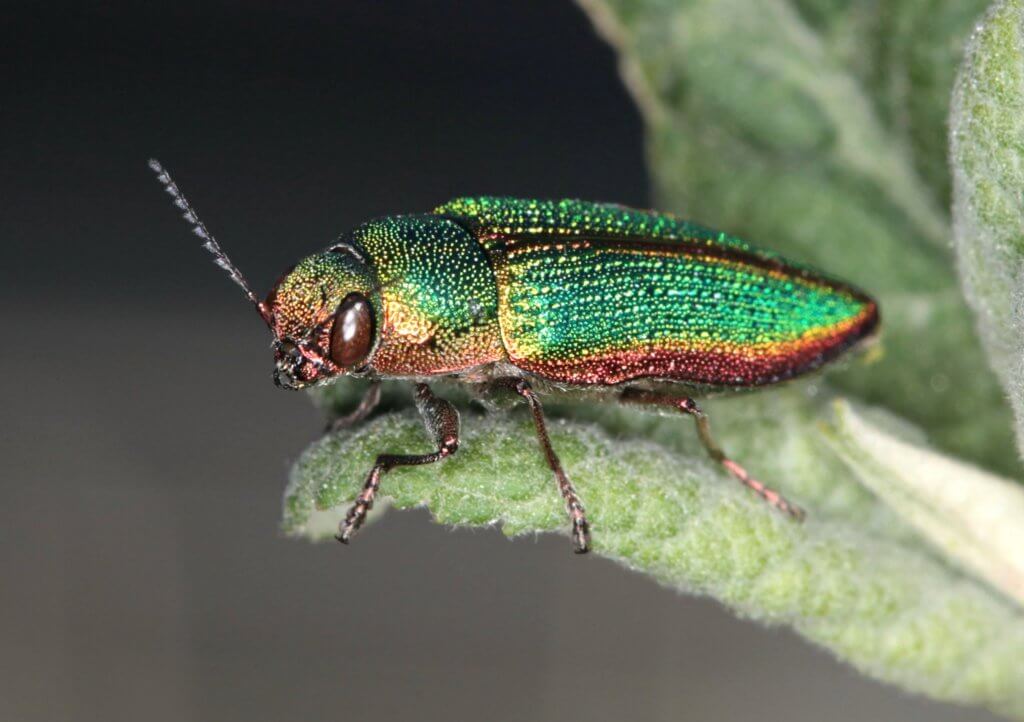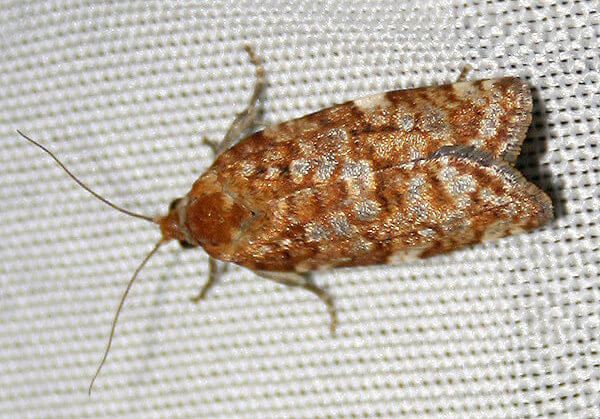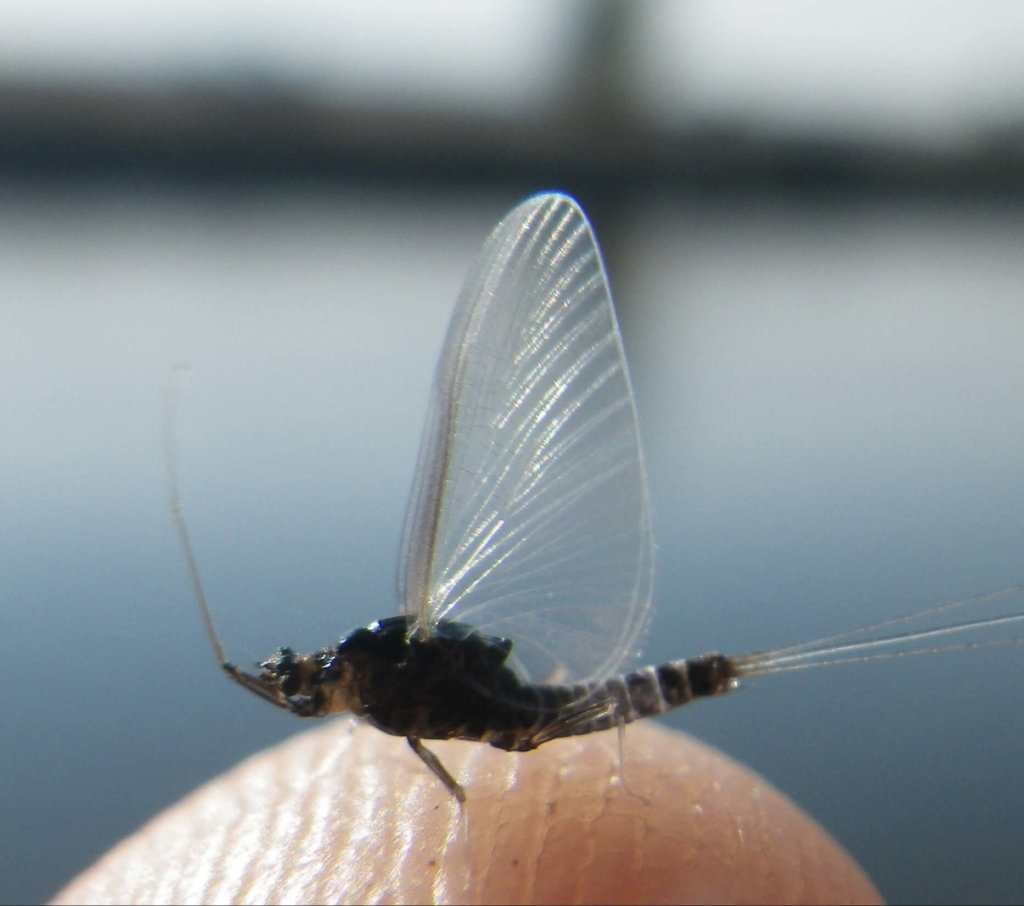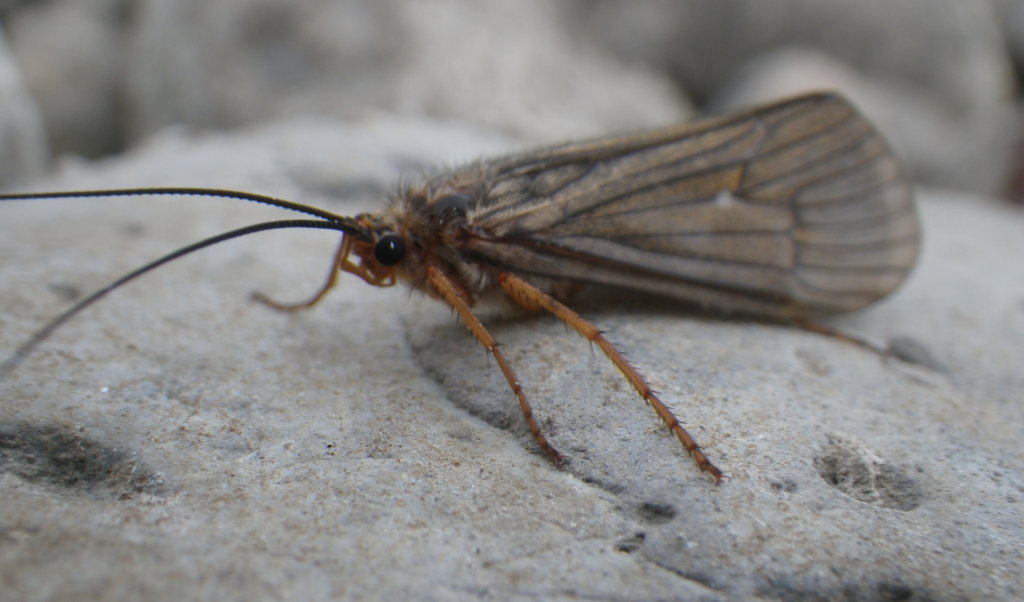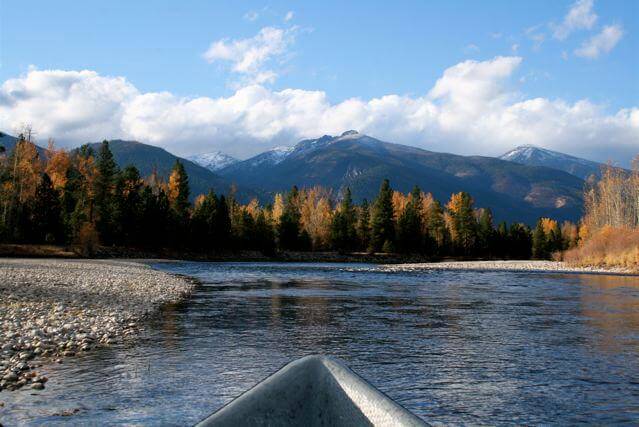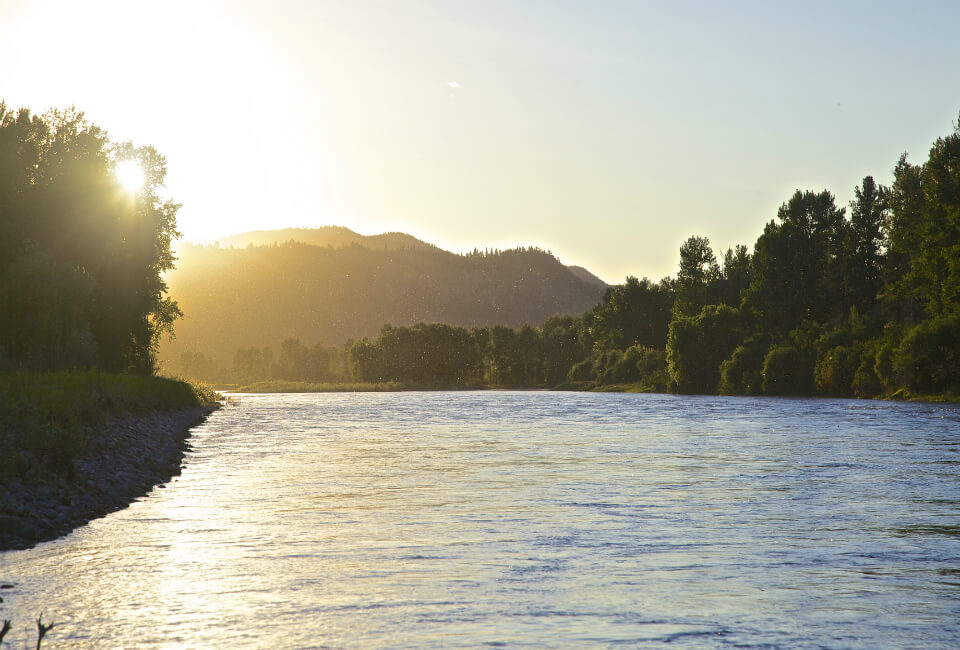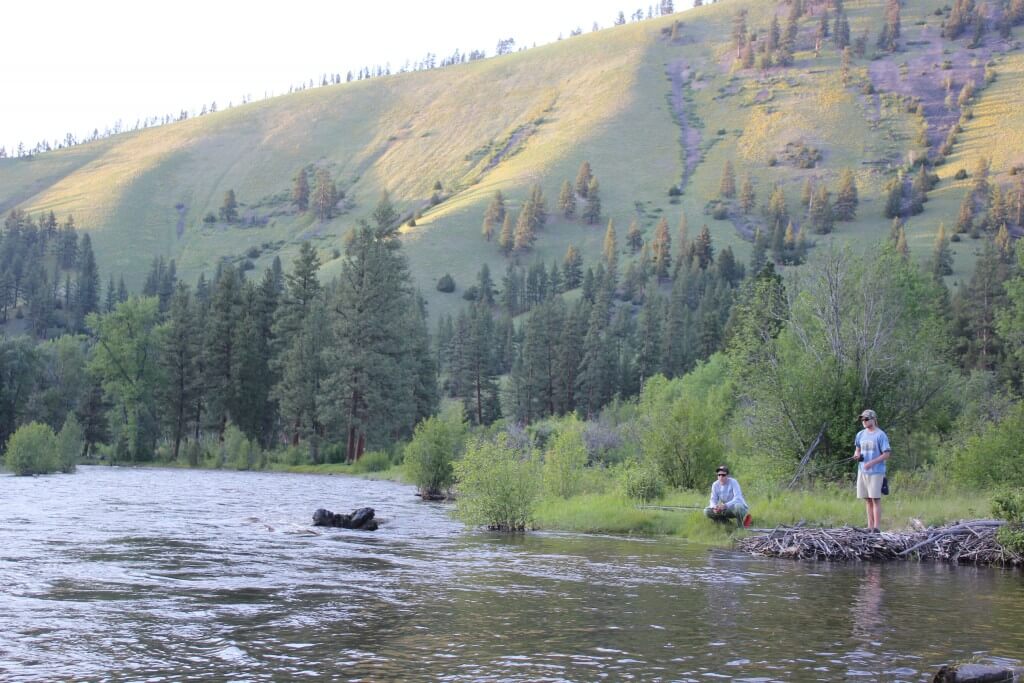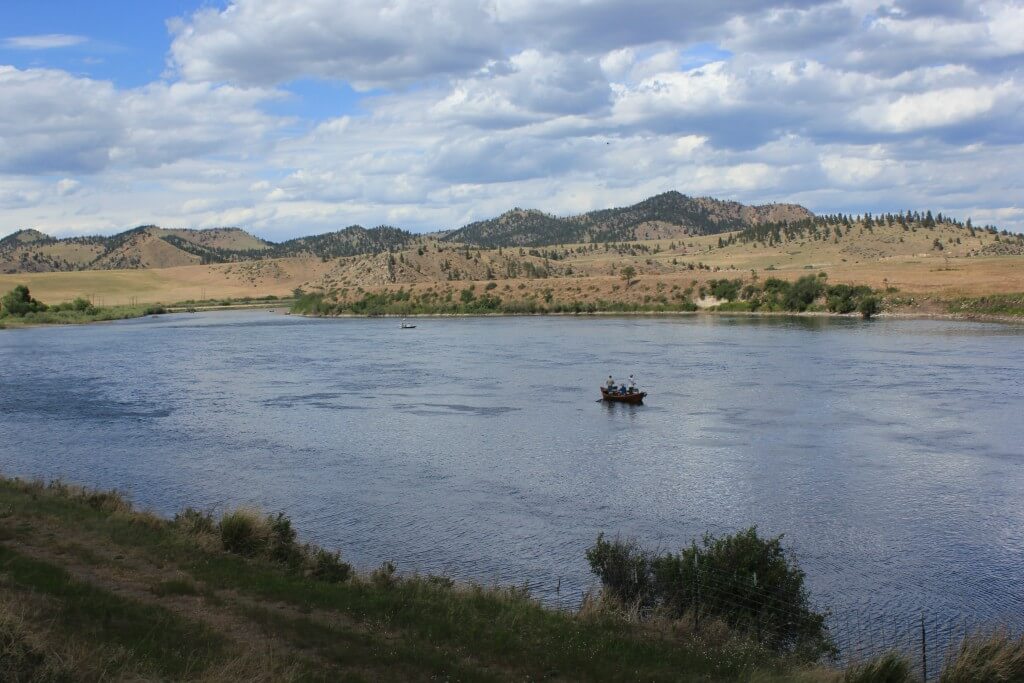Blackfoot River
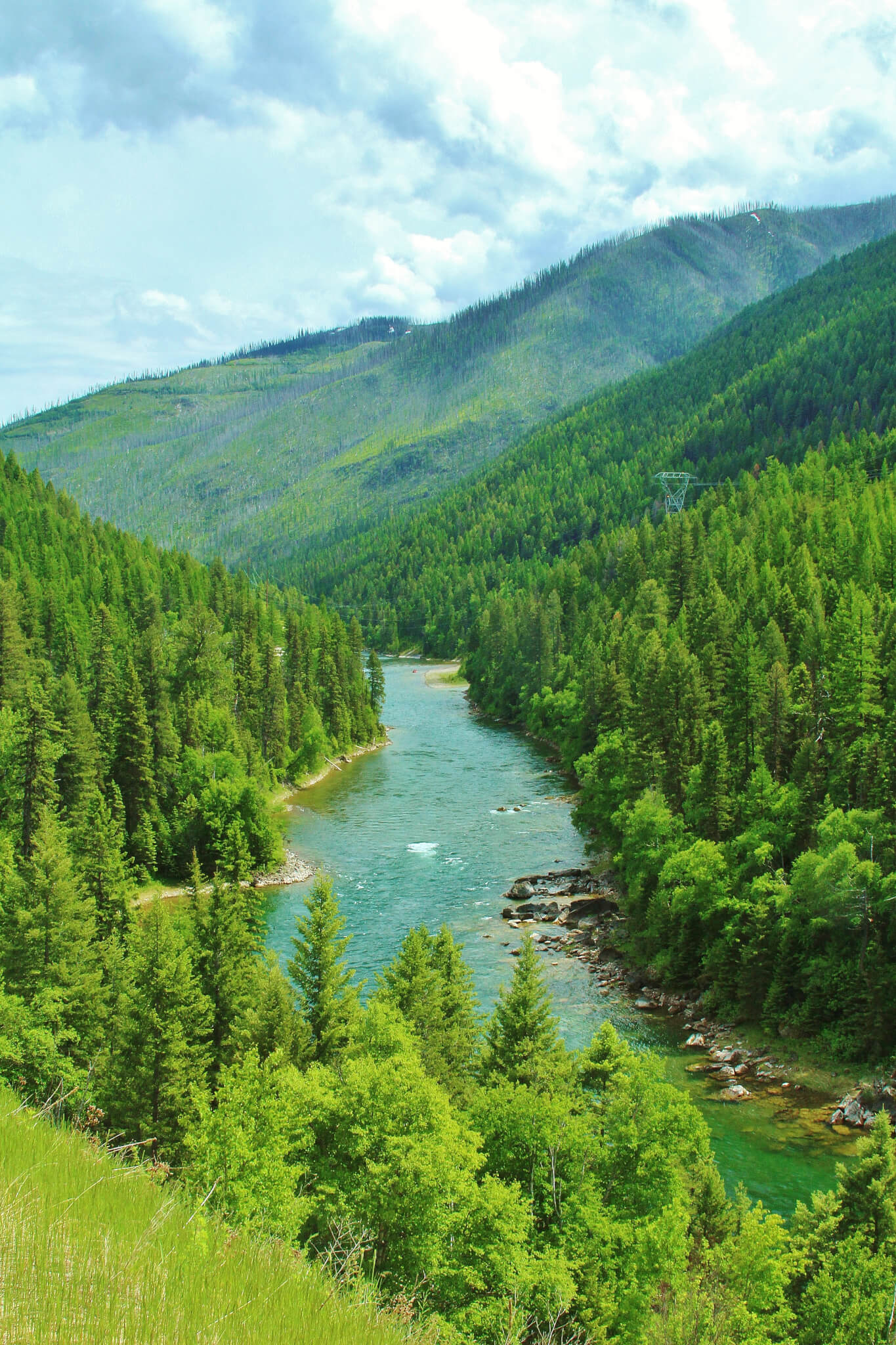
Deep Pools – Boulder Gardens
History & Impressions
Discover everything you need to get your Blackfoot River fly fishing journey started.
The Blackfoot River, or Big Blackfoot River, will always bring to mind the spectacular story that is “A River Runs Through It”. Whether you’re enthralled by the majesty of the movie, or moved by the writing of Norman Maclean, the Blackfoot is forever tied to a seminal moment in fly fishing history, a time when fly fishing burst into the amazing sport it is today. You can say the Blackfoot River fly fishing has influenced fishing from Christmas Island to Mongolia, Patagonia to the far shores of Alaska, as well as fly fishing in Montana.
It’s easy to wax poetic about the beauty of the Blackfoot River, but from a fly fishing perspective, we like to focus on its striking demeanor and awesome composition. With headwaters in Stemple Pass along the Continental Divide, the Blackfoot River drops over 3,000 feet on its journey to the Clark Fork River! The valley and canyon were created by the cataclysmic ending of glacial Lake Missoula, and you can see the power of that ice age event to this day.
When you approach the Blackfoot River, you’ll marvel at the size of the boulders in the river, the steep ledges and the swirling, cascading water. With plunge pools the size of hot tubs, giant eddies that swirl forever and long seams of raucous water, the Blackfoot River screams “Trout live here!” along its entire length. And we can verify with photos of slab-sided Rainbow Trout and hook-nosed Brown Trout, fat and sassy, stuffed with stoneflies and crawdads. If you were designing the perfect major Montana river, the Blackfoot would be your blueprint.
Spring
The stunning drop in elevation is a double-edged sword. Flowing down from the heights of the Continental Divide, Blackfoot River fly fishing during the spring can be an iffy proposition. It has Skwala Stoneflies, BWO’s and Western March Browns, but if winter hangs on a bit longer than normal, the fish may not really get active before run-off. Spring hatches are partially dependent on water temperatures, so if you’re planning your Montana fly fishing trip for spring, the Blackfoot River is not a sure bet. But if it does warm up enough to get the fish moving, the streamer fishing can be silly before the fish start rising. The lower Blackfoot, simply because it’s at a lower elevation, warms up a bit faster than the upper reaches. You can use the USGS Montana Streamflow web site to monitor river temperatures in Bonner.
Summer
The Big Blackfoot River is a Montana fly fishing paradise as run-off ends. The steep incline and bouncy water is the perfect environment for stoneflies, and the Salmon Fly hatch on the Blackfoot is legendary. “Drop it in the bucket!” and big trout will come up and crush your fly. As the Salmon flies wane, the Golden Stones come to the party, as do the Green Drakes, Pale Morning Duns and Tan Caddis. The Blackfoot River turns on in early July. It’s so easy to get caught up in the hatches, but if you’re streamer fisherman, now is the time to lose your mind. The big water makes the fish decide in a hurry, while the boulders, buckets and shelves are some the best terrain for taking big fish on streamers. Think sink, if you can, and take the time to huck a few Baby Gongas or Sculpzillas. Sometimes the flash of the fish may make you reconsider wading!! In early July, the valley is a lush green, the fish are moving after a long fast, and the Blackfoot River is the best river in Missoula!
As the water drops, the upper stretches of the Blackfoot become much more friendly to wading anglers. The lower Blackfoot doesn’t supply a lot of wading, due to the nature of the river. You can find spots to wade, though maneuvering on the rocks and boulders is not for the faint of heart. But as you head towards Lincoln, you can find lower gradient areas that offer some decent wade fishing, working long pools and glides. Near the headwaters, the river can be a tricky wade, but of course it’s smaller, and that helps the wading angler.
Two things come to mind when we think about floating the Blackfoot River. The first is the stretch of river from Johnsrud into town. We fish that a lot just as run-off is ending, but by mid to late July, that stretch gets an inner tube hatch that has to be seen to be believed. Buses run from town, and there’s even a floating store selling all sorts of comestibles! You can either be really annoyed that this water isn’t fishable, or you can rejoice in the fact we know where the inner tubes are. We’re a glass half full kind of fly shop, so we fish the lowest stretches of the Big Blackfoot River when the weather’s a bit cooler, and then leave it to the tubers for the rest of the summer. The middle to upper Blackfoot River remains free of tubers all season and is some of the best fishing in the Missoula area during the summer months.
The other thing about floating the Blackfoot River are the put ins. When you bring your boat to Missoula, you need to be prepared for some pretty rugged access points. Towing with a Subaru doesn’t get it done on a lot of Blackfoot put-ins. Small rigs work on some Montana rivers, but not here. You’ll be bumping down some pretty rigorous terrain, and a high wheel base and lots of torque are going to be your friend. When you have questions about the put-ins along the Blackfoot River, don’t hesitate to call our Missoula fly shop at 406-728-7766 and we’ll let you know what to expect.
As the water drops and the river levels fall, rowing can become pretty dicey. The river starts to show its teeth, and many Missoula fly fishing guides will only float the river in a raft. Those boulders can be tough on a drift boat. Again, contact us if you have any questions about where to take your drift boat when you’re in town. The Blackfoot river, when the flows are between 2300-1400 cfs, is not for the novice rower. Rocks are starting to show, and the push of the water is still significant. Fair warning before you head out!
Low water can also bring some summer doldrums to Blackfoot River fly fishing. Those massive boulders and shallow shelf water retain the heat, and the Blackfoot can get warm in the summer. Why do you think the inner tubers flock to Johnsrud! Keep an eye on our fishing report if you’re coming in August. The Blackfoot sometimes needs a break in the summer heat. If you need to get on the river, choose the edges of the day and fish dawn or dusk. That gives the trout a break when the heat is most severe. We know you want to be on the water, but sometimes in August the Blackfoot River isn’t the place.
Missoula Montana Guided Fly Fishing Trip
Come enjoy a day on the river with Missoula’s best fly fishing guides. We float the Bitterroot River, Blackfoot River and the Clark Fork River. All gear, lunch and transportation provided.
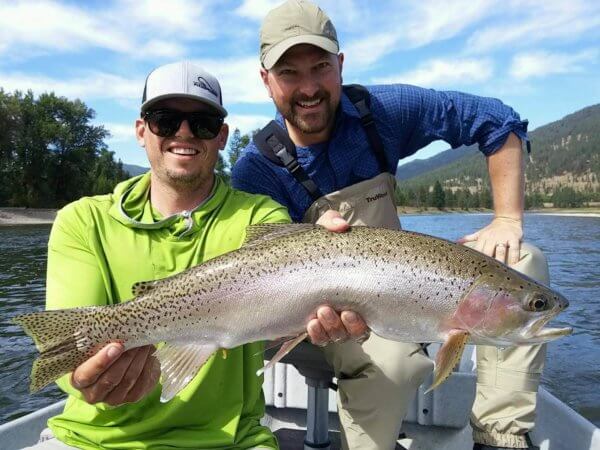
Fall
As soon as the days start to shorten, the water temps start to fall on the Big Blackfoot River. Thank you, 6,000ft headwaters! And again, the river will come alive. October Caddis, Mahoganies and Blue Winged Olives will start to appear, and some anglers will go out and pound these hatches. But you’re going to find more people rigging up their 7wts with a mid speed sink tip, and start pounding for streamers. Big flies take big fish! The fish know winter is coming, and long nights are telling them to go find some calories. The river is lower, the fish are more concentrated, and they’re on the prowl. If you live to streamer fish, fall on the Blackfoot River can be seventh heaven. The leaves are turning in the valley, the trout are turning on your streamer, and all is right on the river!
Take advantage of Blackfoot River fly fishing during the fall when you can, because it’s not going to last as long as fall fishing on the other rivers in Missoula. Again, the Blackfoot’s high elevation and northern location make it the first river to slow down as winter approaches. The hatches end a little sooner, and the late fall nymphing starts earlier. Good news is, the stretch below Johnsrud is wide open- tubers are no longer an issue! The winter fishing can be rugged on the Blackfoot River, as snow hides those fallen rocks and other pitfalls the wading angler encounters on the shore. Be very careful if you decide to winter wade on the Blackfoot.
Final Thoughts
There’s a reason Norman Maclean set his novella on the Blackfoot River. He had a lot of other Missoula river options. The Blackfoot lends itself to drama, lends itself to telling a majestic story of family and fishing. Every time we hit the Blackfoot, we know why it’s the apple of so many local eyes. It calls to so many people, with its grandiose structure, classic, CLASSIC holding water and place in fly fishing history that can be rivaled by no other river in the world. To see and fish the Big Blackfoot River is to experience Montana fly fishing at its finest.
For more information about Blackfoot River fly fishing, be sure to call the team at The Missoulian Angler today.
Blackfoot River Fish Species
Blackfoot River Hatches
